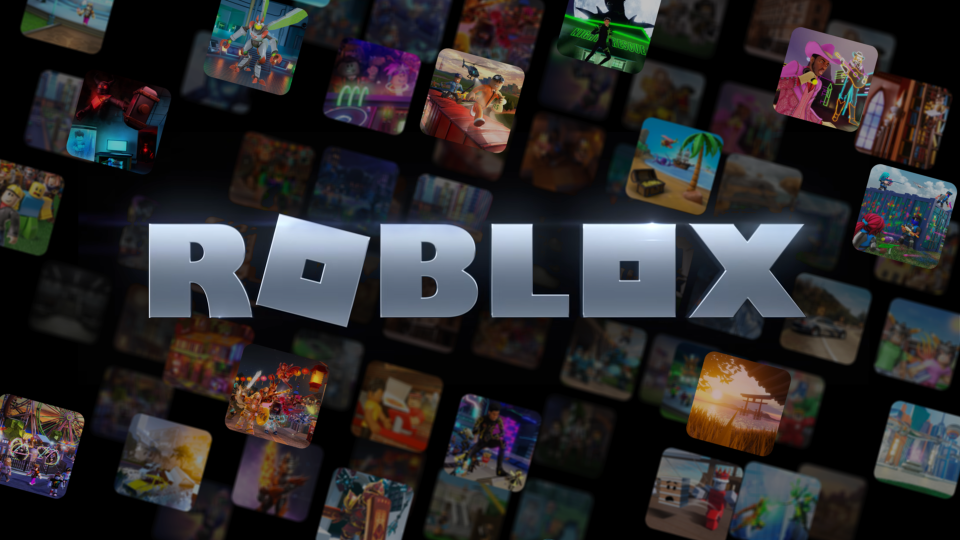Roblox Introduces Mandatory Age Verification for Communication Features

Key Points
- Roblox will require age verification for all users to access communication features by the end of 2025.
- Verification can be completed via a selfie analysis or an accepted form of identification.
- The platform will limit adult‑to‑minor communication unless the parties already know each other offline.
- Initial teen‑account verification option was introduced in July.
- The move responds to criticism over child‑safety protections and aligns with emerging state regulations.
- Roblox previously restricted certain interactive features for users under 13 and added parental controls.
- Legal debates continue over platform responsibility for age verification and data‑privacy safeguards.
Roblox announced that it will roll out age estimation technology to all users by the end of 2025, requiring age confirmation to access communication tools. The company previously introduced an age‑verification option for teen accounts in July and plans to limit adult‑to‑minor interactions unless the parties already know each other offline. Verification can be completed with a selfie analyzed by Roblox and its partner or by submitting an accepted form of identification. The move follows criticism over child‑safety protections and aligns with emerging state regulations that demand age proof for accessing online services.
Roblox Expands Age‑Verification Requirements
Roblox disclosed a plan to extend its age‑estimation technology across its entire user base by the end of 2025. Under the new policy, every user will need to confirm their age before they can use any of the platform’s communication features, such as chat and voice functions.
The company’s rollout began with a voluntary age‑verification option for teen accounts in July. That initial step was a response to ongoing concerns that younger users, particularly those under 13, were accessing chat tools that could expose them to unwanted contact.
Verification Methods and Safeguards
Roblox outlined two methods for users to verify their age. The first involves submitting a selfie that Roblox and its partner will analyze to estimate age. The second permits users to provide an accepted form of identification, such as a government‑issued ID. Both approaches are intended to confirm age while maintaining user privacy.
In addition to individual verification, Roblox said it will implement systems that restrict communication between adults and minors unless the two parties already know each other offline. This measure is designed to reduce the risk of unsolicited contact and potential exploitation.
Context of Child‑Safety Criticism
The new policy arrives amid heightened scrutiny of Roblox’s child‑safety practices. Critics have accused the platform of failing to adequately protect younger users from bad actors, and the company has faced lawsuits related to these concerns. Last year, Roblox introduced more stringent rules that limited certain interactive features for users under 13 and provided parents with additional tools to manage their children’s experience.
Roblox — the company’s internal safety team—has been working to align its policies with emerging state legislation. Utah was the first state to require age proof for accessing app stores, and other states, such as Mississippi, are pursuing similar requirements for social‑media networks. These regulatory trends have prompted tech firms to adopt age‑verification mechanisms as a standard safety practice.
Legal and Privacy Considerations
While age verification is gaining traction as a protective measure, it has sparked legal debates. The tech sector argues that platforms should not bear sole responsibility for confirming users’ ages, citing concerns about operational burden and liability. Digital‑privacy advocates, on the other hand, question whether sufficient safeguards are in place to protect the personal information collected during verification.
Roblox’s approach seeks to balance these competing interests by offering multiple verification options and emphasizing data security throughout the process.
Looking Ahead
By extending age verification to all users, Roblox aims to create a safer environment for its large, predominantly youthful community. The company’s strategy reflects a broader industry shift toward more rigorous age‑gate mechanisms, driven both by regulatory pressure and public demand for stronger child‑protection measures.
As the rollout progresses, Roblox will monitor the effectiveness of its new systems and continue to adapt its policies in response to feedback from users, parents, regulators, and advocacy groups.